Climate change
: Scientists rage against oil plans in the Arctic: "Catastrophic"
Of:
Staffan Lindberg
Published: Less than 2 hours ago
NEWS
Swedish banks invest heavily in companies that want to open new oil fields in the Arctic.
But the plans are judged by leading climate scientists.
- It would be catastrophic. In the situation the world is in, it is unjustifiable to drill for even more oil and gas, says Norwegian climate scientist Helge Drange.
The Norwegian state, together with the oil company Equinor, plans to open new oil fields in the Barents Sea, between Northern Norway and Svalbard. One of the projects, Wisting, is located near the polar ice cap and would be the northernmost field in the world.
The plans may be pushed through at the same time that Europe finds itself in a historic energy crisis in the wake of the Ukraine war.
During the past two years, Swedish banks have contributed SEK 43 billion in support to the fossil fuel companies that want to extract oil in the Arctic.
But as Aftonbladet told in a report(ett reportage), far from everyone in Northern Norway welcomes the projects. The criticism is also harsh from the scientific world.
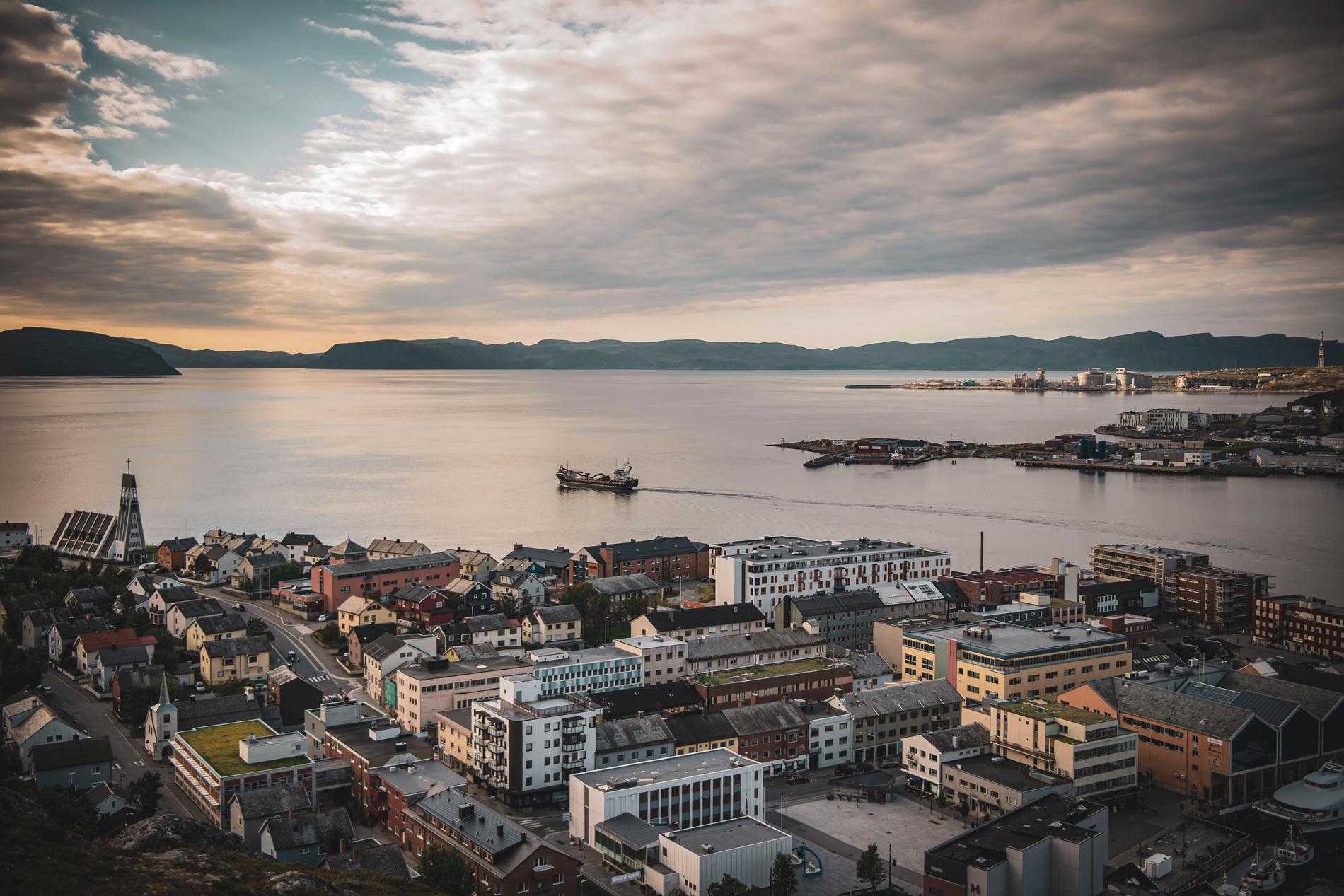
Hammerfest in Northern Norway is a hub in the Norwegian oil industry. Now the country is planning the world's northernmost oil field in the Arctic - despite alarms from scientists and the UN. Photo: Peter Wixtröm
Helge Drange, professor at the Bjerknessenteret for climate research in Bergen, has been studying climate change for more than thirty years. Although knowledge of the climate system was already extensive in the 1990s, he believes that in many cases the development has gone even faster than he and his colleagues expected.
- For example, the glaciers in Greenland and the summer ice in the Arctic are melting faster than we thought, which is worrying because it will lead to the sea level rising even more.
"Disastrous Plans"
In Northern Norway, climate change is felt in a particularly dramatic way.
- It still happens that it gets really cold in the winter, minus 40 degrees. But the following week it may rain. It's the same in Svalbard, says Helge Drange.
He calls the Norwegian plans for oil extraction in the Barents Sea "catastrophic".
- The UN climate panel IPCC is very clear. With today's fossil infrastructure alone, we will pass 1.5 degrees and perhaps reach 2 degrees of warming. Then it is unjustifiable to drill for even more oil and gas.
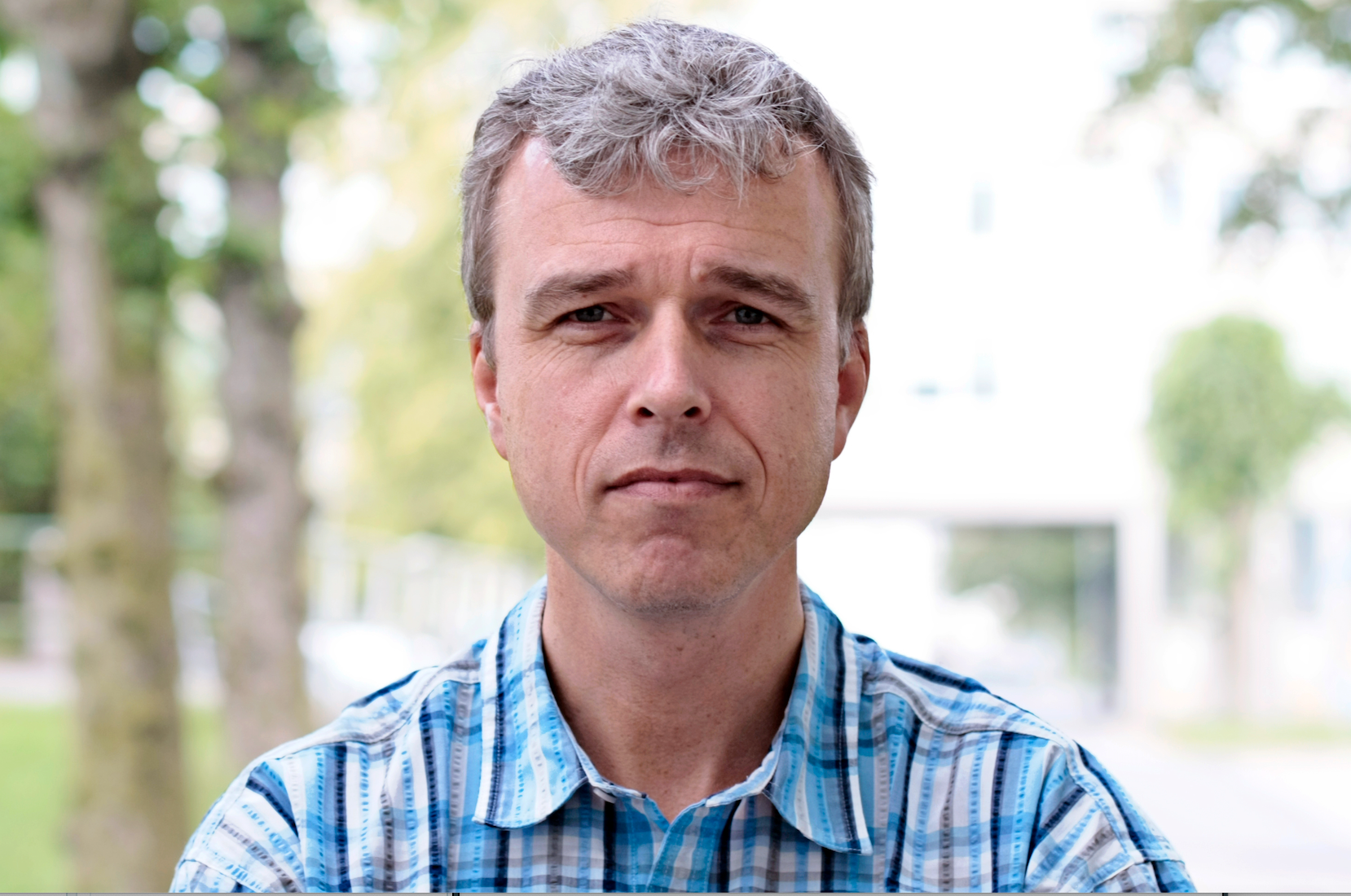
Helge Drange is a researcher at the Bjerknessenteret for climate research in Bergen. Photo: Private
Not greener
Helge Drange condemns the reasoning that Norwegian oil extraction would be greener than that in other countries, due to the low emissions in the production stage.
- It is a weak argument. 95 percent of the emissions occur when the oil is burned and they are not affected at all.
Michael Tjernström, professor of meteorology and climate scientist at Stockholm University, has participated in several expeditions to the Arctic over the past twenty years.
He too can testify to how climate change has been able to be observed with the naked eye.
"Norway's little rainforest"
- The perennial ice, which did not melt away the previous summer, is getting significantly smaller and thinner. Wildlife is also changing, Atlantic cod and other fish that shouldn't be here are pushing in, while species that depend on the ice to hunt and raise young, such as polar bears and seals, are having a harder time.
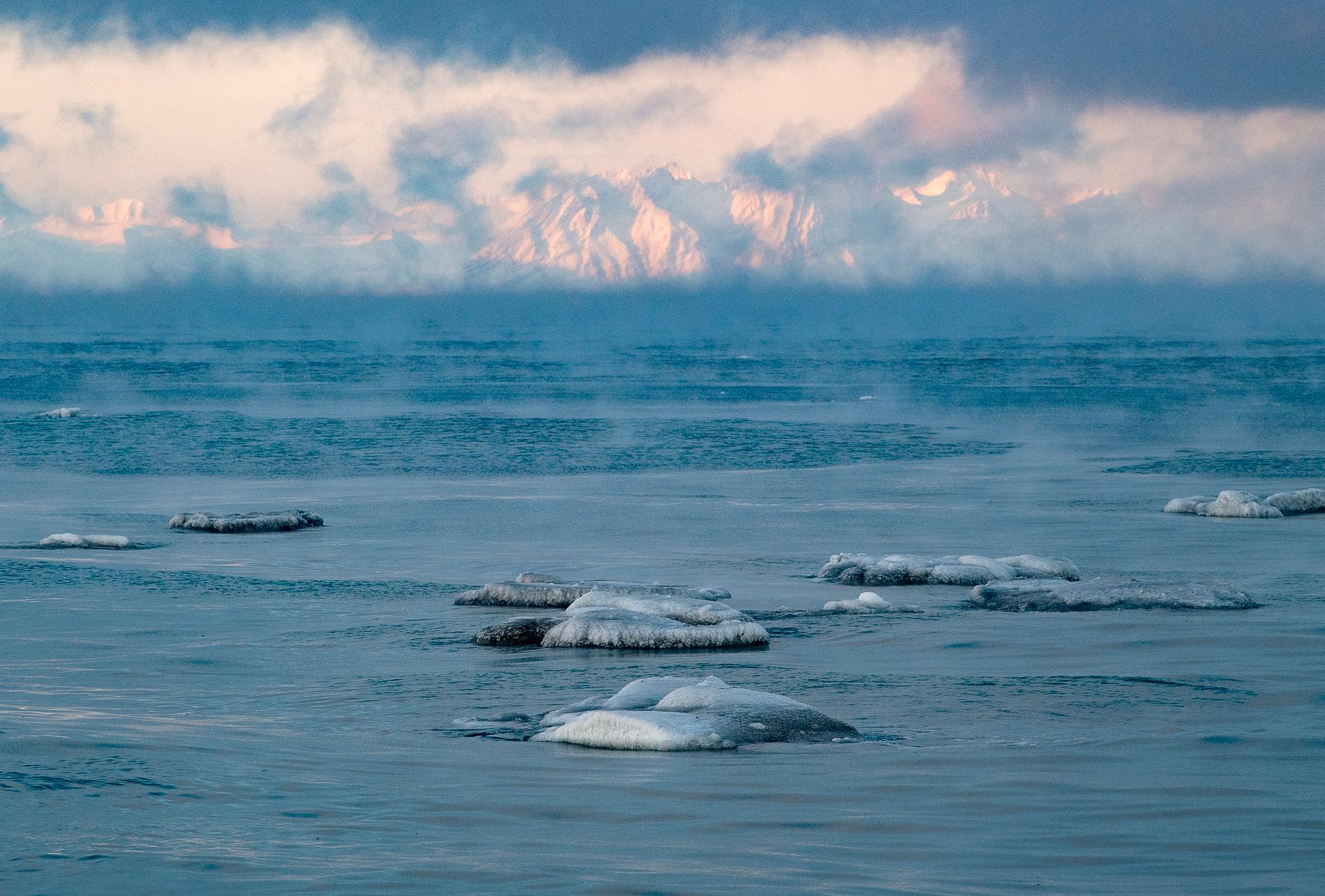
The Arctic and Svalbard are among the areas in the world most affected by climate change. Photo: Jonas Ekströmer/TT
Tjernström is also critical of the plans for oil production in the Arctic. Wisting is close to the nature reserve Bjørnøya, where some of the region's largest bird colonies live. The Norwegian Polar Institute has called the area "Norway's little rainforest" because of its unique biological diversity. But the ecosystem is vulnerable and no one knows how
- or even if - a large-scale oil spill can be taken care of.
- Each niche in the food chain consists of very few and highly specialized species. It makes the whole ecosystem much more vulnerable. If an oil spill destroys the plankton, the fish can disappear and then the seal has nothing to eat. And without seals, the polar bear has no food.
"Must stop using oil"
The question that should be asked is whether we should open new oil fields on earth at all, according to Tjernström.
- You risk destroying an ecosystem that is still fairly untouched. And if you make billion investments now, it means that you will be extracting oil thirty, forty years from now, during a time when we must have stopped using fossil fuels. This is misconceived in every way.
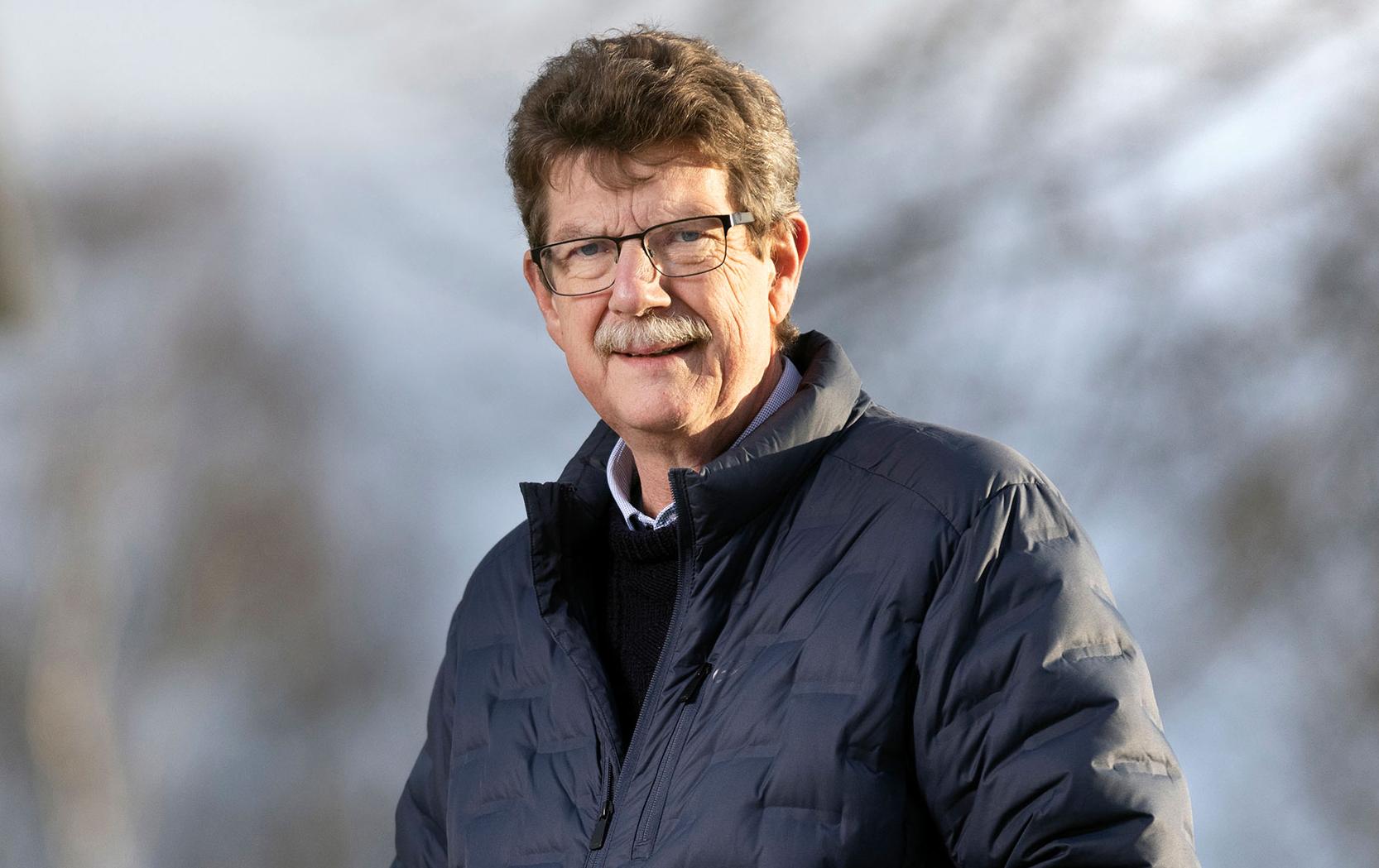
Unlike thirty years ago, scientists today can clearly link climate change with extreme weather events, such as drought, heat and rain. This means that the risk of catastrophic floods, deadly fires and famine in the world increases the more we release.
"A boomerang"
Helge Drange points out that states and companies that produce oil today are increasingly being held legally responsible for the damage caused. Something he believes could affect Norway in the long run.
- Poor countries, which are hit hardest by the climate crisis, can start demanding compensation. I wouldn't be surprised if this will backfire on us, like a boomerang.
He doubts whether the Wisting project will really come to fruition.
- Perhaps the invasion of Ukraine and the energy crisis have given the oil industry a last opening and a free pass and they will surely press on. But this may face more resistance than they think.
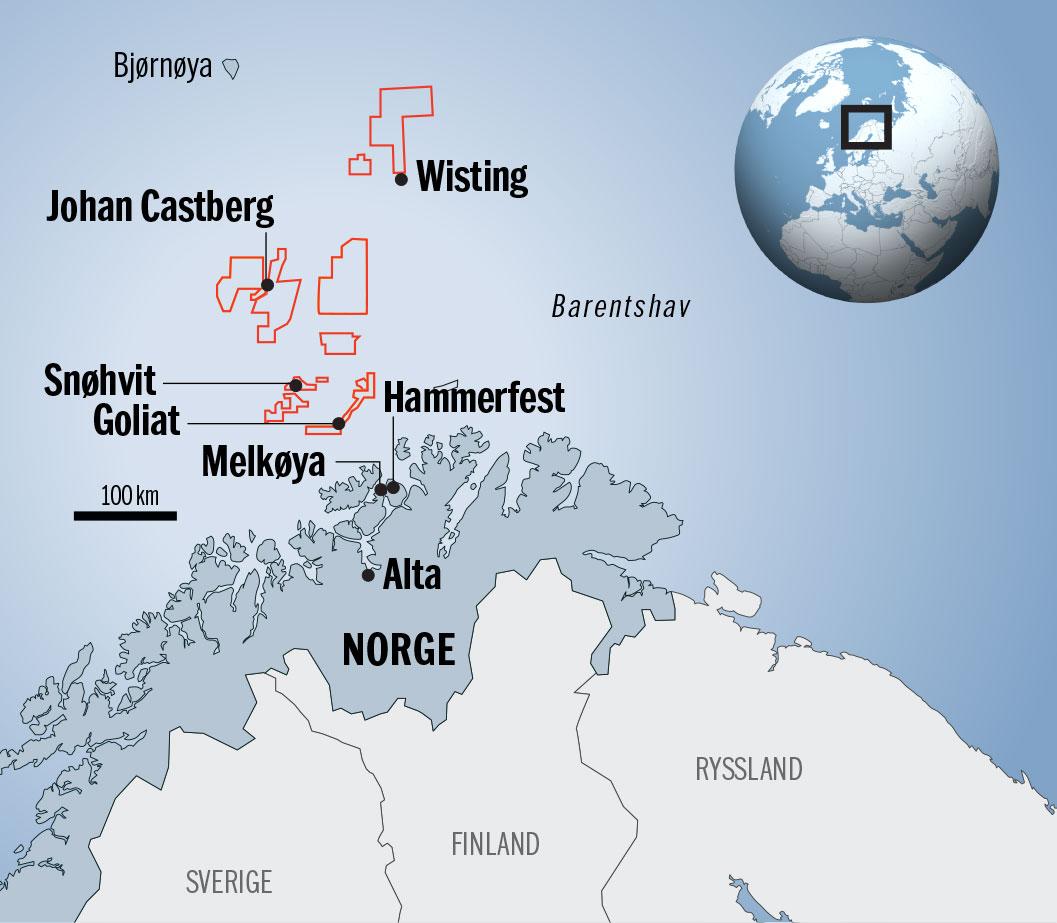
Graphics: Paul Wallander

Inga kommentarer:
Skicka en kommentar